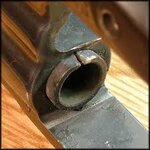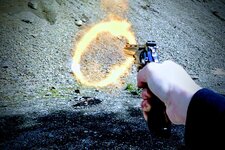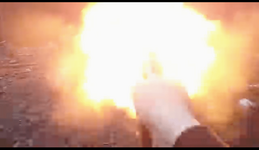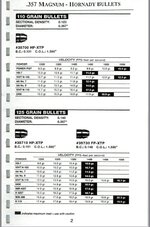I am loading a hornady 110grain xtp with 23gr of win 296 (like my manual suggests).
Is it normal to have lots of "blow by" going around the case in the chamber and under the extractor and recoil shields?They are extremely fun to shoot but I feel like they get the gun suuuuper dirty. The brass gets really dirty too. Anyone else have the same happening when shooting high power loads?
Is it normal to have lots of "blow by" going around the case in the chamber and under the extractor and recoil shields?They are extremely fun to shoot but I feel like they get the gun suuuuper dirty. The brass gets really dirty too. Anyone else have the same happening when shooting high power loads?
















